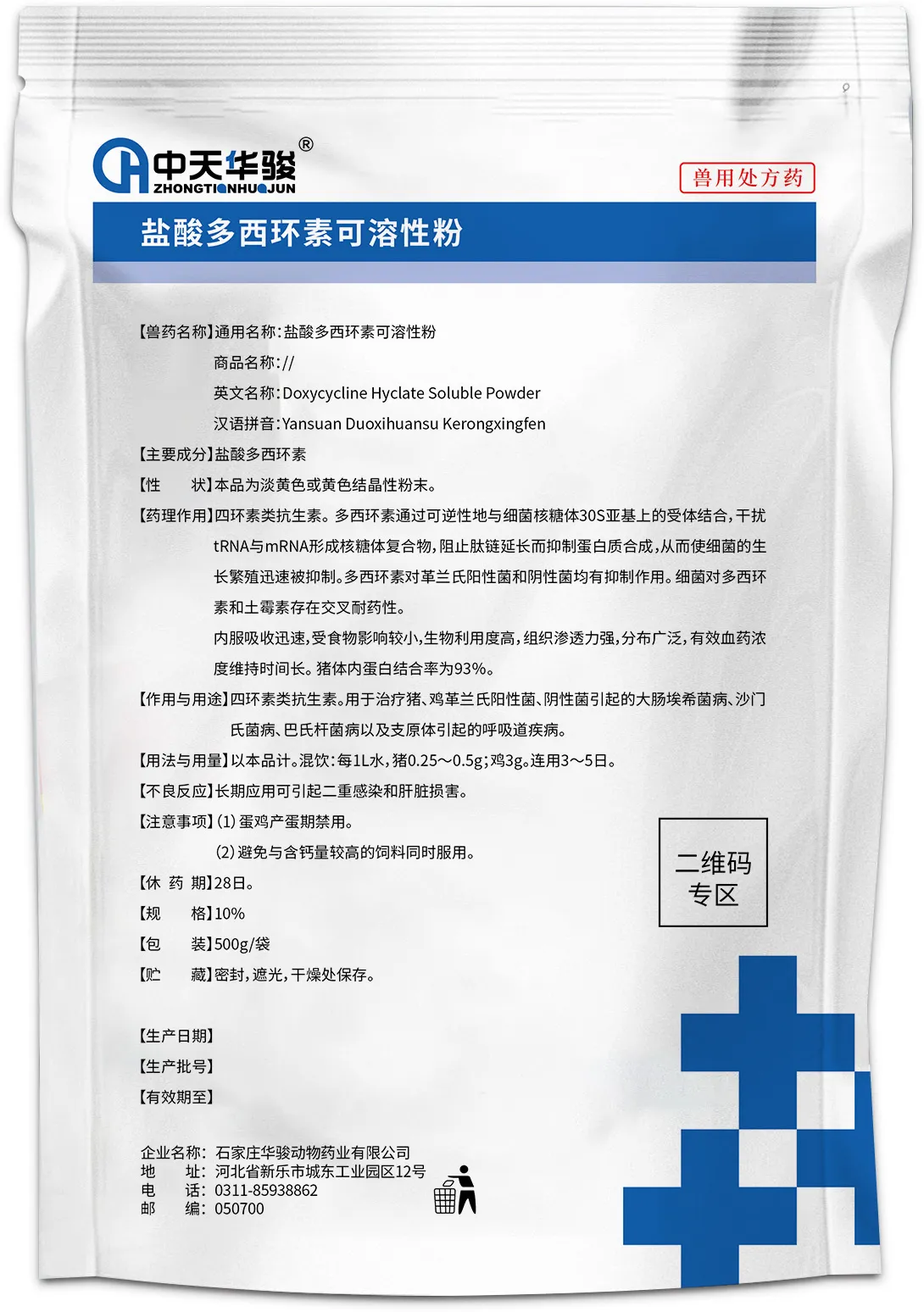
Oct . 10, 2024 02:00 Back to list
china avermectin
Avermectin in China Breakthroughs and Applications
Avermectin is a potent antiparasitic agent that has garnered attention for its efficacy in treating a range of parasitic infections in humans, livestock, and crops. Originally derived from the soil bacterium *Streptomyces avermitilis*, avermectin has been pivotal in the agricultural and pharmaceutical industries. In China, the impact of avermectin is particularly significant given the country's vast agricultural landscape and diverse population facing various health challenges.
The Discovery and Development of Avermectin
First discovered in the late 1970s, avermectin was introduced into the market as an insecticide and later developed as a veterinary medicine. Its discovery marked a significant milestone as it opened new pathways for pest control and disease management, particularly in tropical regions where parasitic infections are prevalent. The compound is highly effective against a variety of nematodes and arthropods, making it an indispensable tool in both crop protection and animal health.
In China, where agriculture plays a critical role in the economy, the use of avermectin has transformed farming practices. Farmers rely on the substance to keep pests at bay, thereby safeguarding crops and ensuring food security. As the country aims to bolster its agricultural productivity to meet the demands of its enormous population, avermectin has become a key player in achieving sustainability and efficiency in farming.
Applications in Agriculture
The application of avermectin in agriculture is multifaceted. It serves as a crucial component in Integrated Pest Management (IPM) programs, where it is used in combination with other pest control strategies to minimize chemical use and environmental impact. Avermectin's minimal toxicity to non-target organisms and its ability to break down quickly in the environment make it an eco-friendly choice among agrochemicals.
Various studies have demonstrated how avermectin can enhance crop yields by effectively controlling pests like locusts, aphids, and nematodes. It is particularly valuable in the cultivation of cotton, rice, and vegetables, which are staples in the Chinese diet. By reducing pest populations, farmers can significantly decrease crop losses and improve their overall economic viability.
Impact on Human Health
china avermectin

Besides its agricultural applications, avermectin plays a crucial role in public health, particularly in treating parasitic infections such as lymphatic filariasis and river blindness. These diseases are endemic in several regions of China, and the mass distribution of avermectin-based treatments has been instrumental in controlling their spread.
The Chinese government, along with various health organizations, has implemented programs to distribute avermectin to affected populations. This proactive approach has led to significant declines in disease incidence, showcasing the dual benefits of avermectin enhancing agricultural productivity while improving public health outcomes.
Regulatory Landscape
The regulation of avermectin in China ensures that it is used responsibly, safeguarding both environmental and human health. Regulatory bodies oversee its production, distribution, and use, ensuring that farmers comply with safety guidelines to minimize potential risks associated with pesticide use. This regulatory framework is critical, particularly as concerns about pesticide residues and their impacts on health and ecosystems continue to grow.
Future Directions
Looking ahead, the potential applications of avermectin are vast. With ongoing research into its effects and efficacy, there are opportunities to develop new formulations that enhance its benefits while mitigating risks. Additionally, integrating biotechnology with traditional methods could lead to innovative solutions that maximize avermectin’s effectiveness in more sustainable ways.
Moreover, as global challenges such as climate change and food security persist, avermectin can serve as a model for developing sustainable agricultural practices that align environmental health with economic interests. Collaborative efforts between scientists, farmers, and policymakers will be essential in navigating these challenges.
Conclusion
Avermectin remains a vital component of both agriculture and public health in China. Its contributions to pest management and disease control highlight the remarkable synergy between environmental sustainability and human welfare. As the country strives for innovation in these fields, avermectin will undoubtedly continue to play a pivotal role, paving the way for a healthier and more sustainable future.
-
Top Copper Sulfate for Pond Factory & Supplier
NewsAug.13,2025
-
Leucocytozoonosis Factories: Leading Suppliers & Custom Solutions
NewsAug.12,2025
-
High-Quality Diclazuril for Effective Coccidiosis Control
NewsAug.11,2025
-
Premium Copper Sulfate for Algae & Pond | Factory Direct Supply
NewsAug.10,2025
-
Terramycin Enrofloxacin Factory - Quality Manufacturer & Supplier
NewsAug.09,2025
-
Premium Methionine Water Clarifier Factory - Direct Source
NewsAug.08,2025


